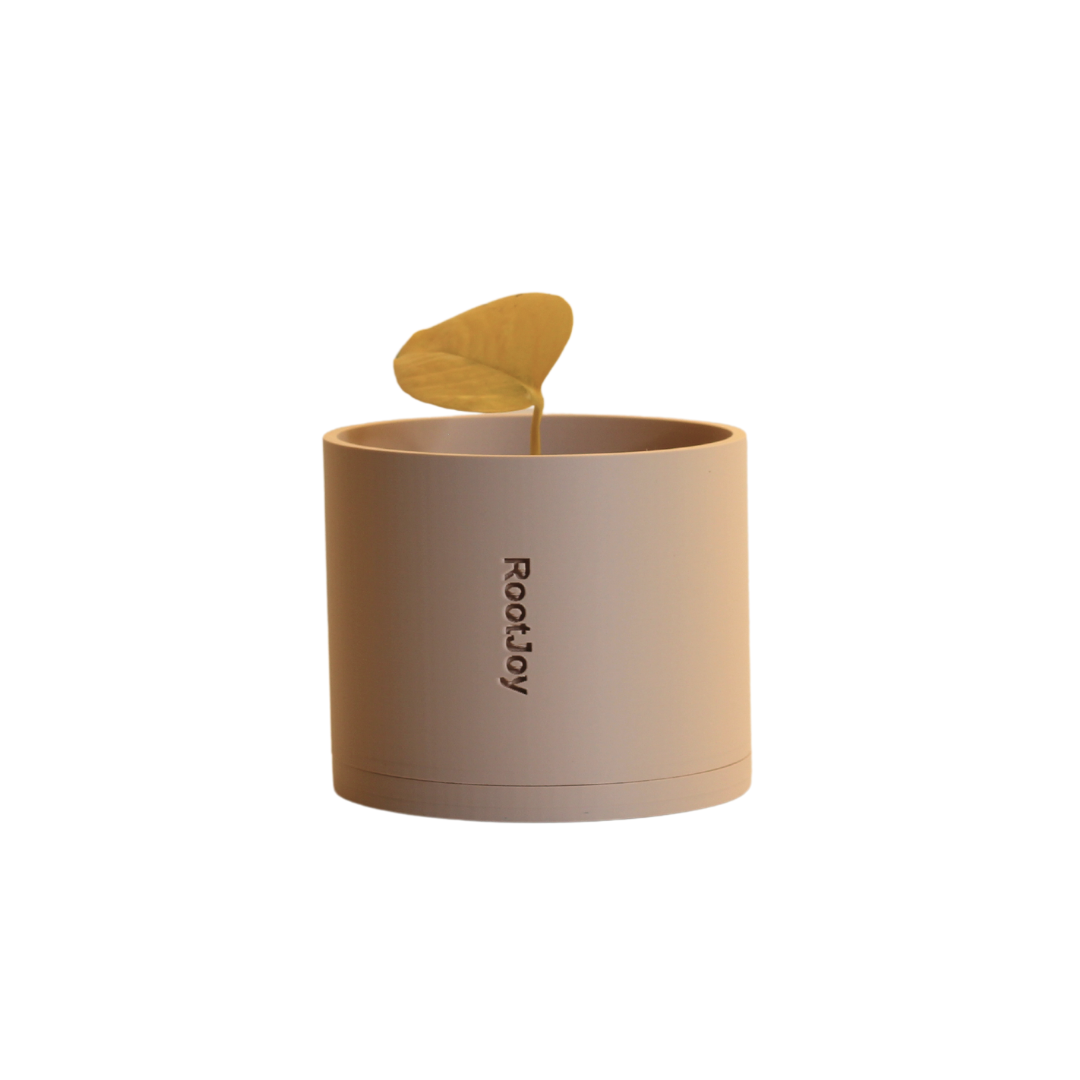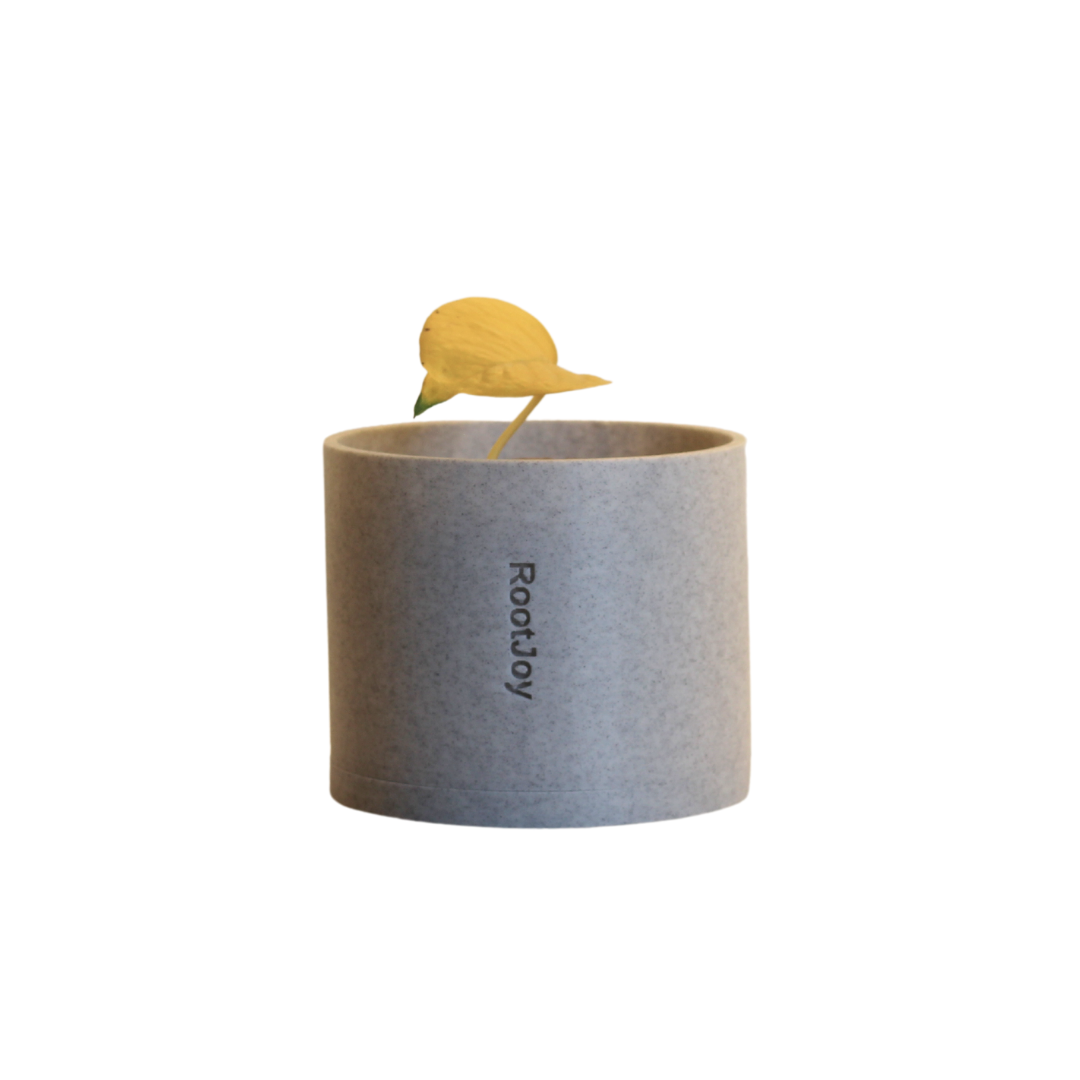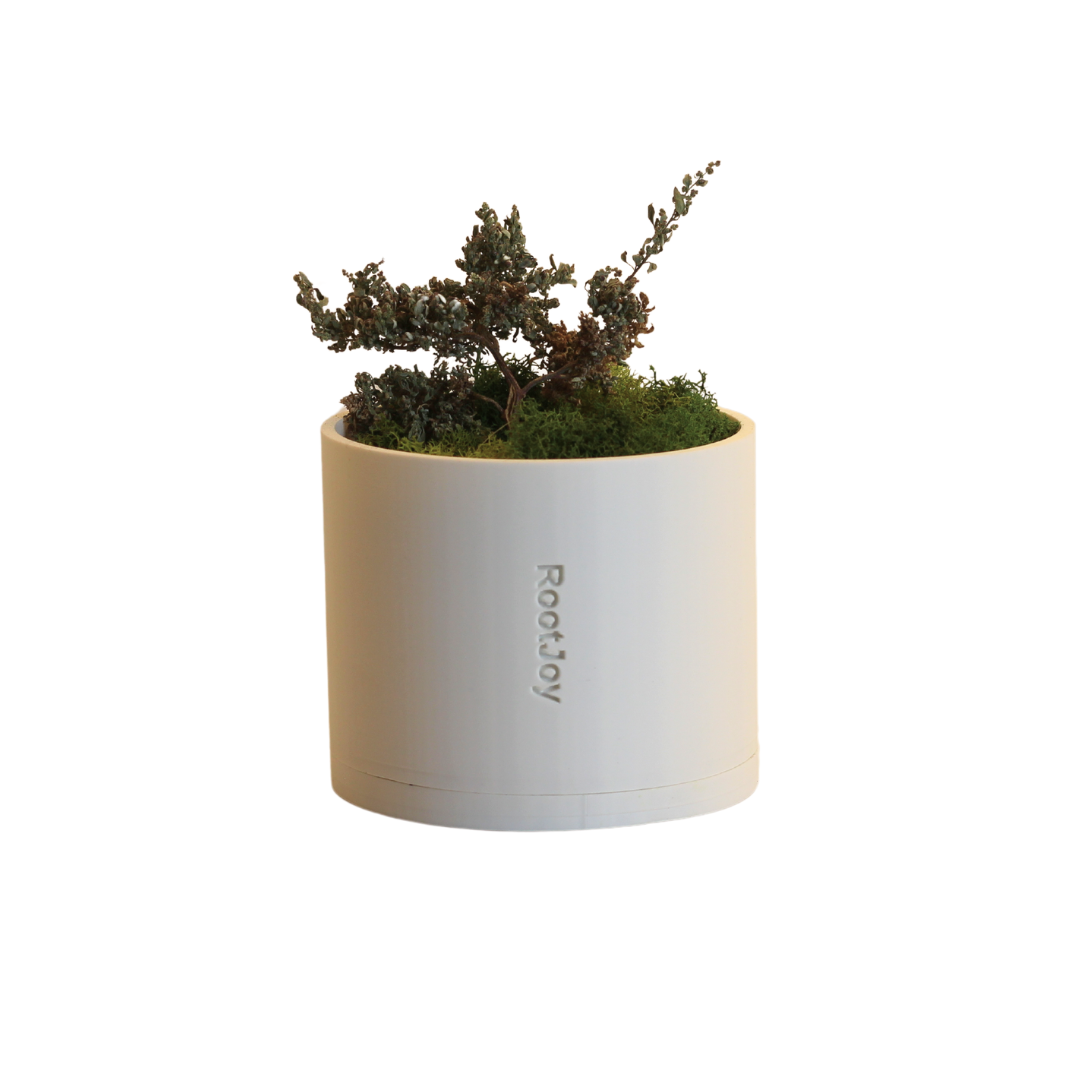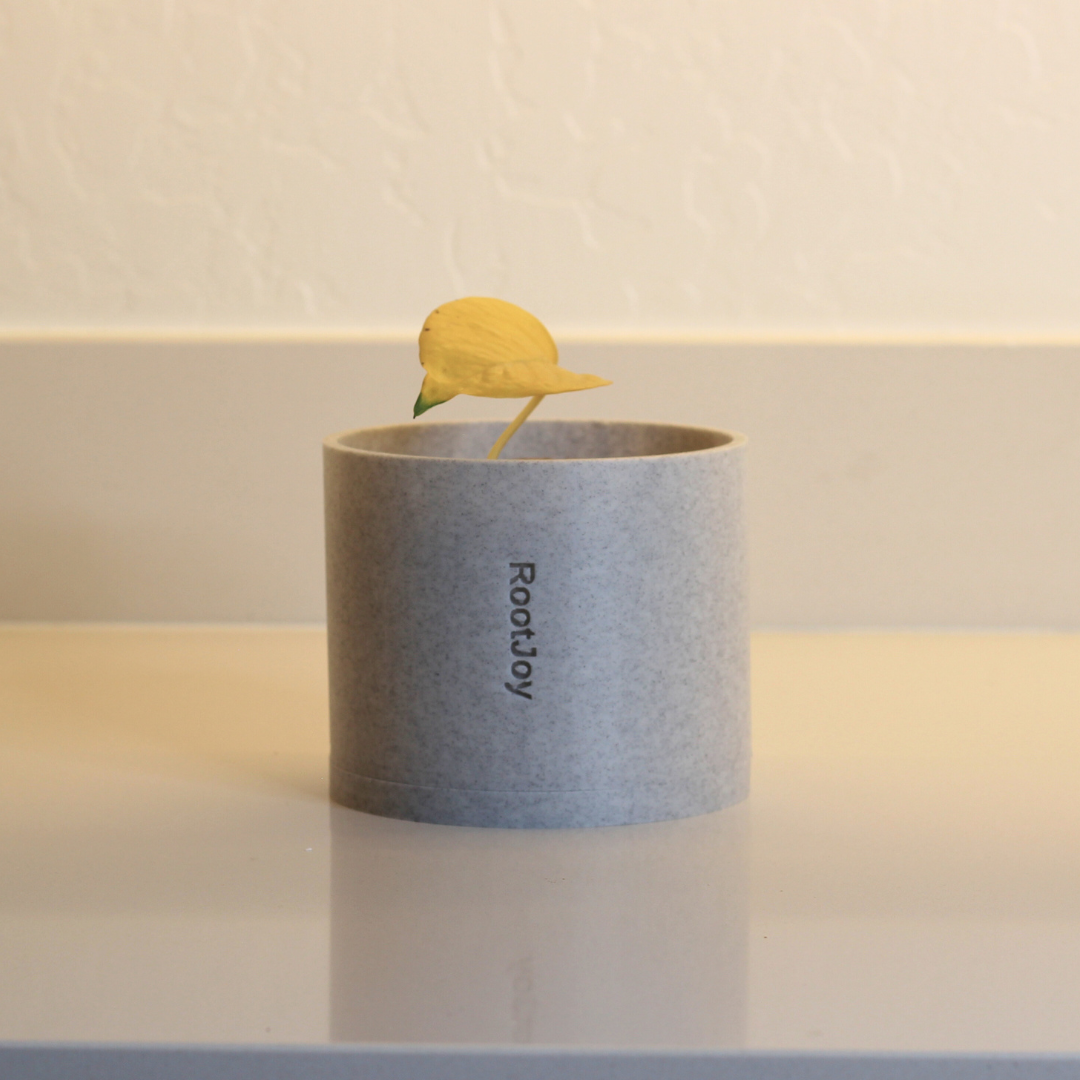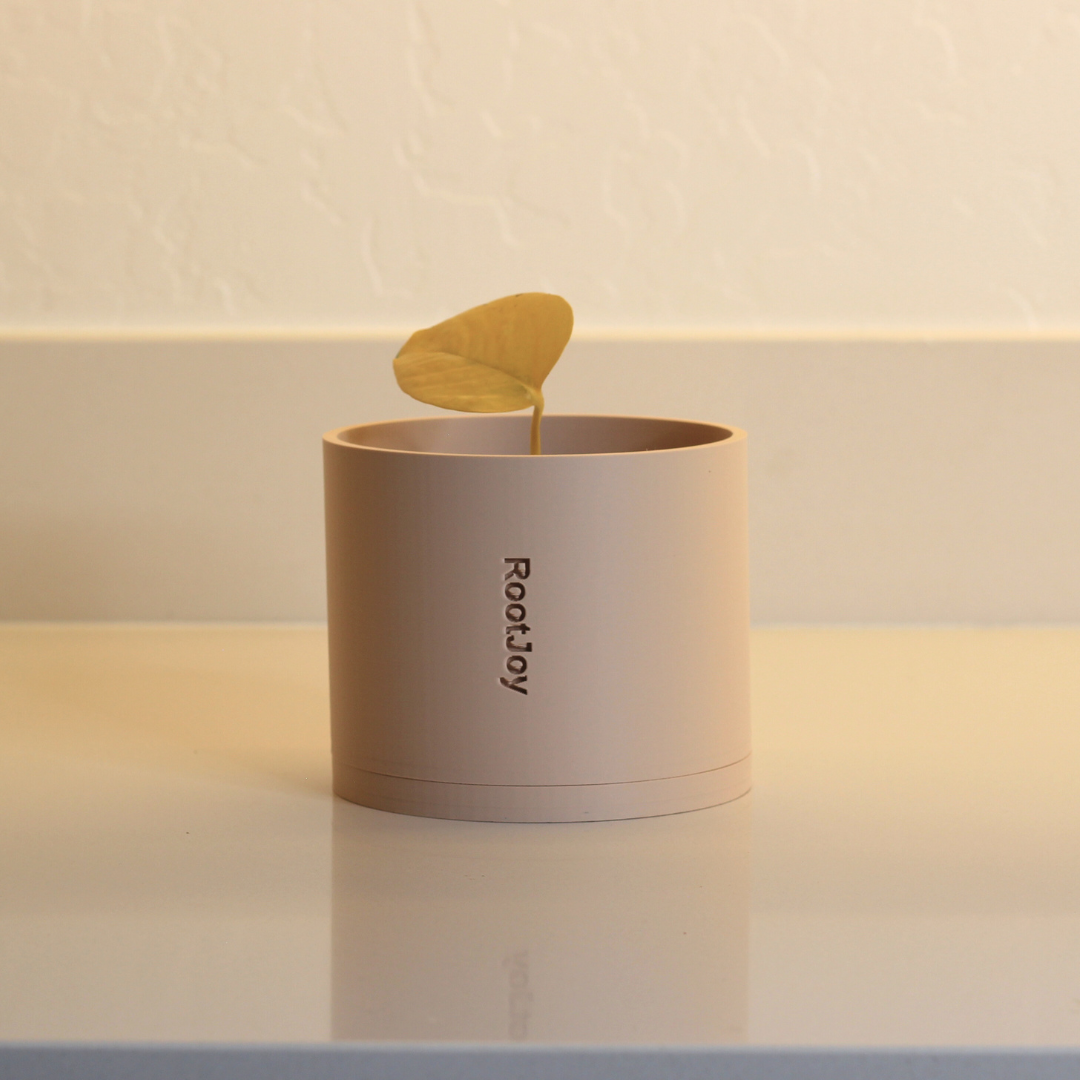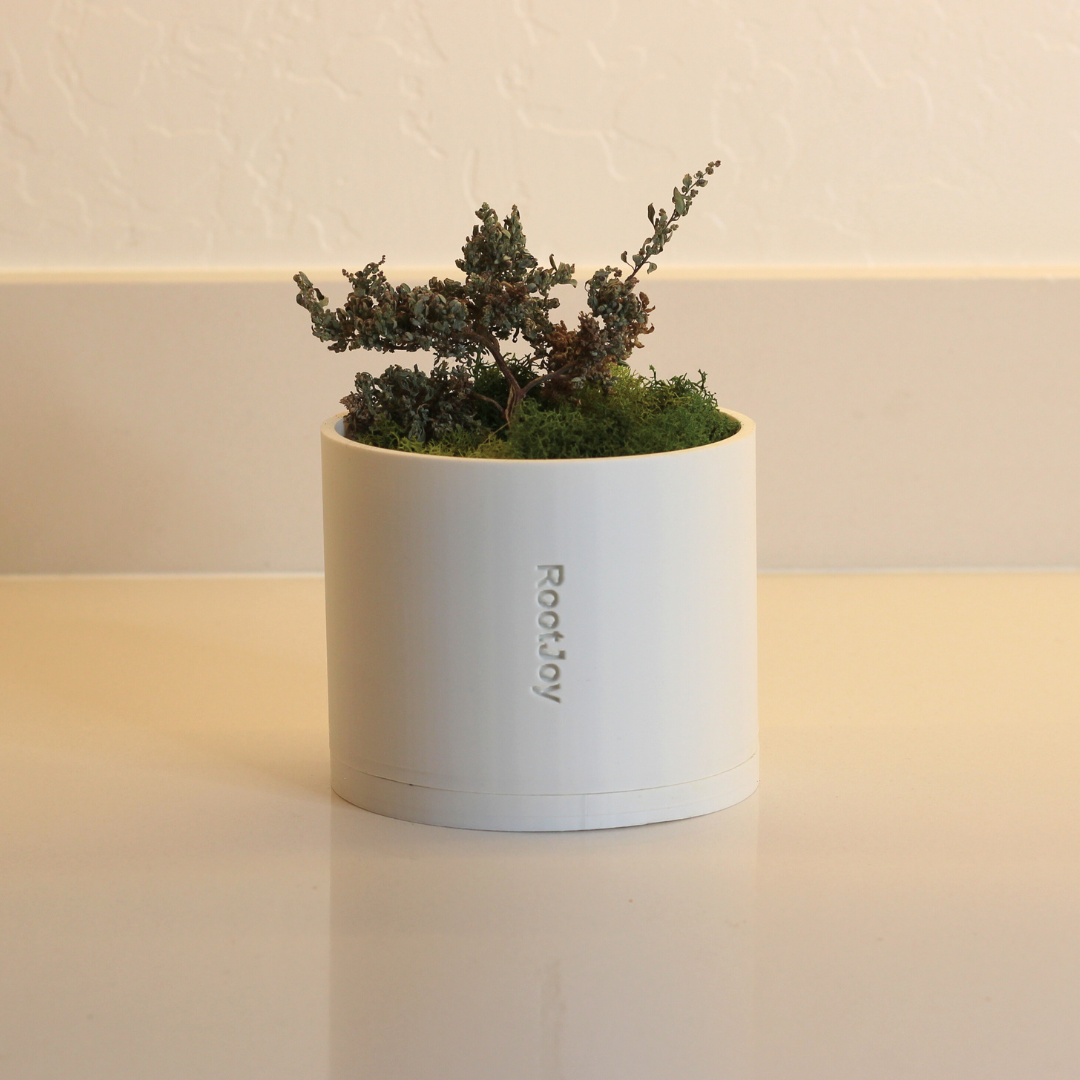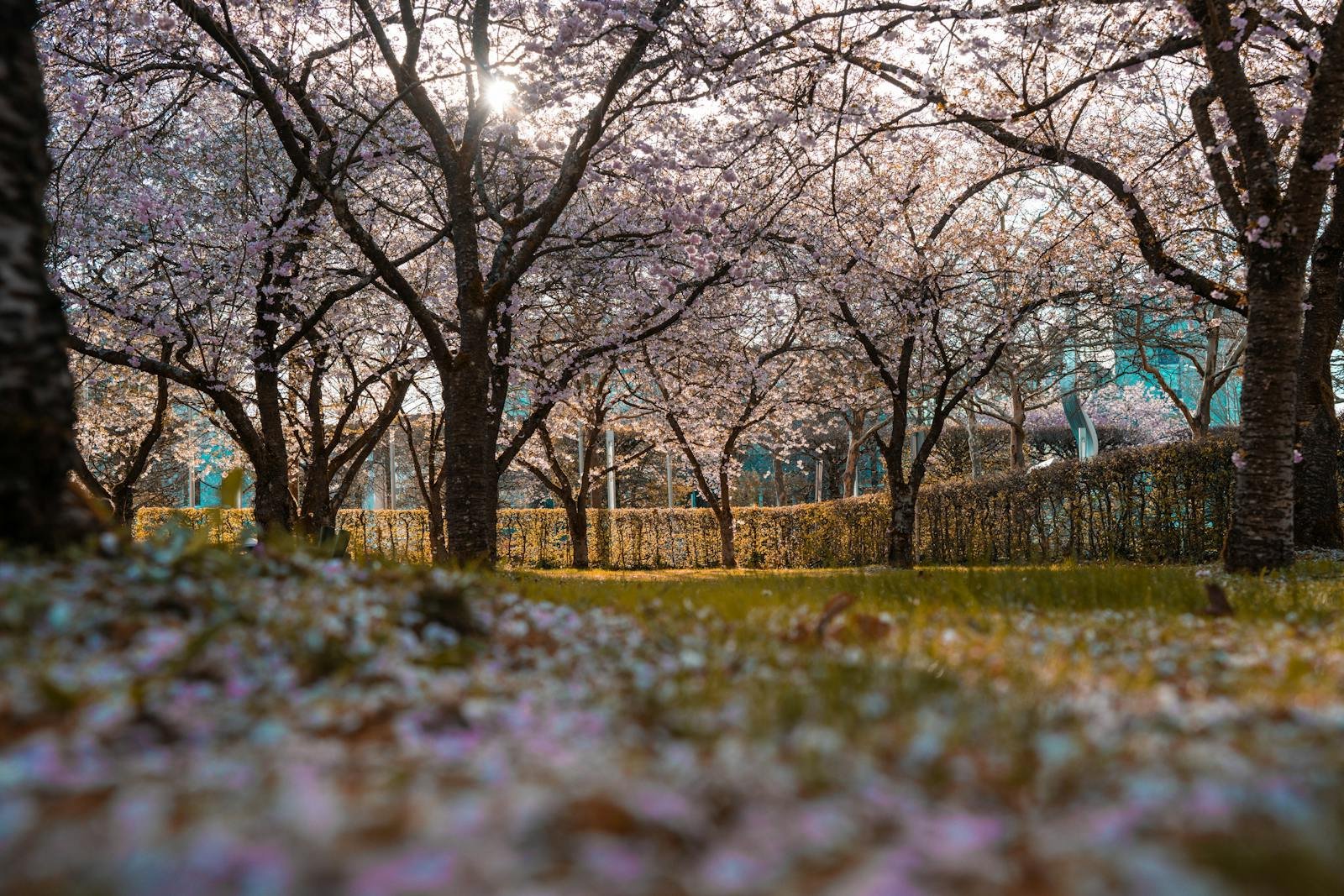Orange Trees
🌱 Overall Growability Score
Orange trees are vibrant, sun-loving citrus plants that thrive in warm climates. Ideal for Zones 9–11, they produce fragrant blossoms and juicy fruit, and can even grow in containers in cooler regions.
Orange Trees
🌱 Overall Growability Score
Orange trees are vibrant, sun-loving citrus plants that thrive in warm climates. Ideal for Zones 9–11, they produce fragrant blossoms and juicy fruit, and can even grow in containers in cooler regions.
Orange Trees Insights
🌱 Overall Growability Score
🛒 Availability Score
🌿 Sustainability Score
📈 Yield Potential Score
☀️ Light Requirement Score
💧 Water Efficiency Score
🦠 Pest & Disease Resistance Score
❄️ Climate Adaptability Score
🪴 Space Efficiency Score
🌍 Rarity Score
💰 Cost Score
Description
🌱 USDA Zone Range
☀️ Full Sun Requirement
Requires 6–8 hours of full sun daily to develop sweet, juicy fruit and strong branches.
💧 Watering Balance
Orange trees need consistent moisture, but root rot can occur if overwatered—let the top inch of soil dry between waterings.
🪴 Container-Friendly
Dwarf varieties like ‘Washington Navel’ are well-suited for pots, patios, and small-space urban gardens.
📅 Seasonal Flexibility
While oranges are typically planted in spring, established trees can yield for several months depending on the variety.
🌾 Pollinator Friendly
Orange blossoms attract bees and other beneficial insects, supporting garden biodiversity.
🌡️ Heat Tolerance Variability
These trees love heat and sunlight—ideal for warm, dry climates or greenhouses in cooler zones.
🧬 Easy to Propagate
Can be propagated via cuttings or grafting, though grafted trees are preferred for fruit quality.
🧪 Soil pH Awareness
Slightly acidic to neutral soil (6.0–7.0) is ideal for nutrient uptake and healthy growth.
🍽️ Dual Purpose Use
Produces delicious fruit and fragrant blossoms that also enhance the aesthetics of any garden.
🐛 Pest Considerations
Common pests include aphids and citrus leaf miners—natural repellents and neem oil can help.
♻️ Compost-Friendly
Pruned branches, leaves, and fallen fruit are compostable, enriching garden soil with nutrients.
🌱 Companion Planting Benefits
Plant near basil, garlic, or marigolds to naturally deter pests and improve fruit quality.
📈 Productivity Potential
High-yield trees—mature orange trees can produce over 100 fruits per year with proper care.
❄️ Cold Sensitivity
Orange trees are not frost-tolerant; use covers or bring potted trees indoors in colder regions.
🪱 Soil Health Boosters
Leaf litter and deep roots enrich soil, improve drainage, and foster microbial life.
🌍 Global Cultivation
Cultivated worldwide—from Spain to California—oranges are adaptable to many warm climates.
💰 Budget Options Available
Seedlings and dwarf trees are cost-effective, especially for home growers with limited space.
🔁 Perennial and Annual Choices
Oranges are perennial trees, providing years of harvest once established.
🏡 Great for Urban Spaces
Dwarf orange trees are perfect for balconies, rooftops, and container gardening in city environments.
🌤️ Climate and Growing Conditions for Orange Trees
Orange trees flourish in warm, subtropical to tropical climates, where they receive consistent sunshine, mild winters, and minimal frost. These conditions mimic their native environment and are crucial for healthy growth and fruit production.
☀️ Sunlight Requirements
Orange trees require at least 6–8 hours of direct sunlight per day. Full sun exposure encourages healthy foliage, maximizes flowering, and improves fruit sweetness. In partially shaded locations, trees may survive but produce fewer or lower-quality oranges.
🌡️ Ideal Temperatures
- Optimal temperature range: 55°F to 85°F (13°C to 29°C)
- Cold sensitivity: Trees are vulnerable to frost and freezing temperatures below 28°F (−2°C), especially young trees.
- In frost-prone zones, consider planting in containers so the tree can be moved indoors or into greenhouses during winter.
💨 Air Circulation
Good air flow is essential to prevent fungal diseases and encourage even fruit ripening. Avoid planting orange trees in enclosed areas with poor ventilation.
🧪 Soil Conditions
- Prefers well-draining, sandy loam soil rich in organic matter.
- pH range: 6.0–7.0 (slightly acidic to neutral).
- Avoid clay-heavy soils that retain too much water, which can lead to root rot.
💧 Watering Needs
- Requires consistent watering, especially in dry periods or during fruit development.
- Soil should be moist but not soggy—deep watering once or twice per week is usually sufficient.
- Container-grown trees may require more frequent watering due to quicker drying.
🌍 Growing Zones
- Best suited for USDA Zones 9–11.
- In Zones 8 or below, grow orange trees in large containers and overwinter indoors or in greenhouses.
🌿 Microclimate Tips
- Plant against south-facing walls or structures to shield from cold winds and reflect extra warmth.
- Use mulch to retain moisture and regulate soil temperature in warmer months.
🌱 Planting and Care Tips for Orange Trees
Growing orange trees successfully starts with thoughtful planting and consistent care throughout the year. Whether you’re planting in the ground or a container, here’s what you need to know:
🏡 Where to Plant
- Outdoor planting: Choose a sunny, wind-protected spot with excellent drainage.
- Containers: Use a 15–25 gallon pot with drainage holes if you’re in colder zones or limited on space.
- Spacing: Leave about 12–25 feet between orange trees if planting multiple to allow full canopy development.
🕰️ When to Plant
- Best seasons: Early spring is ideal to allow establishment before summer heat or winter cold.
- In frost-free areas, planting can also be done in fall.
- Container trees can be planted indoors year-round with proper lighting.
🌿 How to Plant
- Dig a hole twice as wide and just as deep as the root ball.
- Mix compost or organic material into native soil for improved nutrition.
- Place the tree so that the top of the root ball is slightly above ground level.
- Backfill with soil, water deeply, and apply mulch around the base (keep it a few inches away from the trunk).
💧 Watering Tips
- Water deeply 1–2 times per week, especially during the first 1–2 years as the tree establishes.
- Reduce watering in winter, but don’t allow soil to fully dry out.
- Avoid watering the trunk directly—drip irrigation or a slow hose soak around the dripline is best.
🌿 Fertilization
- Begin feeding after the first 6–8 weeks with a citrus-specific fertilizer.
- Apply fertilizer 3–4 times per year (spring, early summer, mid-summer, and early fall).
- Look for nutrients like nitrogen (N), magnesium (Mg), and iron (Fe) to promote foliage and fruiting.
✂️ Pruning & Maintenance
- Prune lightly in late winter or early spring to remove dead or crossing branches.
- Thin the canopy for better airflow and light penetration.
- Remove suckers from the base and any branches below the graft line.
🛡️ Protection Tips
- Use frost cloths or bring potted trees indoors during cold snaps.
- Apply copper fungicide or neem oil to prevent fungal and pest issues.
- Monitor for common citrus pests like aphids, citrus leaf miners, and spider mites.
📅 Seasonal Planting and Harvesting for Orange Trees
Orange trees have a relatively flexible planting season in warm climates and a well-defined harvesting window that depends on the variety. Here’s how to plan your planting and enjoy a bountiful citrus harvest year-round.
🌱 Planting Seasons
-
🌸 Spring (Best Time):
Early to mid-spring is the ideal time to plant orange trees in most climates. This gives the roots time to establish before summer heat. -
🍂 Fall (Optional in Warm Zones):
In Zones 9–11, fall planting is also successful, as winters are mild enough for establishment without frost stress. -
🪴 Year-Round (Container Growing):
For indoor or greenhouse setups, orange trees can be planted any time of year with proper lighting and temperature control.
🍊 Harvesting Seasons by Variety
-
Navel Oranges:
Harvest from late fall to early spring (November to April). These oranges are seedless, sweet, and perfect for fresh eating. -
Valencia Oranges:
Harvest from spring into early summer (March to July). Known for their juiciness, they’re ideal for juice. -
Blood Oranges:
Typically ready in winter through early spring (December to March), depending on the climate and variety. -
Mandarins and Tangelos (Related Citrus):
Often harvested in late fall to winter, overlapping with navels.
📆 Year-Round Care Calendar
-
🌱 Spring:
Plant new trees, fertilize, monitor for new growth and pests. Begin watering more regularly. -
☀️ Summer:
Maintain deep watering schedule, mulch around the base to retain moisture, and check for heat stress. -
🍁 Fall:
Begin harvesting early maturing varieties, prepare for winter by pruning lightly and reducing water frequency. -
❄️ Winter:
Harvest winter varieties, protect trees from frost using covers or by relocating containers indoors.
✅ Pro Tip:
If you plant different orange varieties with staggered ripening dates, you can enjoy fresh oranges from November through July, making citrus a nearly year-round treat in your garden!
🏙️ Urban & Small-Space Growing for Orange Trees
You don’t need acres of land to enjoy the beauty and bounty of orange trees. With a bit of creativity and the right variety, orange trees can flourish on patios, rooftops, balconies, and even indoors.
🪴 Container Gardening with Orange Trees
-
Choose Dwarf or Semi-Dwarf Varieties:
Dwarf types like ‘Dwarf Navel’ or ‘Calamondin’ are perfect for pots and still produce full-sized fruit. -
Pot Size Matters:
Start with a 15–20 gallon container (18–24 inches wide) with drainage holes to support root growth and water flow. -
Use Well-Draining Soil:
Citrus potting mixes or a blend of sandy loam and compost are ideal to prevent root rot in confined spaces. -
Wheeled Planters for Mobility:
Place containers on rolling bases to easily move them into the sunniest spots or indoors during cold snaps.
☀️ Sunlight Access in Cities
- Orange trees need 6–8 hours of direct sun daily. Urban gardeners can:
- Place pots near south-facing windows or sun-drenched balconies.
- Use grow lights if sunlight is limited, especially in high-rise apartments.
- Set up rooftop gardens with wind protection for an optimal growing environment.
🌿 Indoor & Greenhouse Possibilities
- Indoor cultivation is viable year-round with adequate light, humidity, and container care.
- Small greenhouses or sunrooms can extend the growing season and protect trees from harsh weather.
📏 Space-Saving Tips
- Vertical trellises for climbing companion plants can maximize productivity in tight spaces.
- Interplant herbs or pollinator-friendly flowers around citrus containers to create a compact, multi-use garden.
- Utilize hanging grow bags or rail planters nearby for additional greenery and pollinator support.
🌆 Why Orange Trees Are Perfect for Urban Living
- Aromatic foliage and fragrant blossoms enhance air quality and ambiance.
- Edible and ornamental – they bring beauty and fruit to your space.
- Great conversation starters and teaching tools for kids, guests, and green-thumbed neighbors.
🌿 Sustainable Practices for Growing Orange Trees
Growing orange trees can be both fruitful and environmentally friendly. Whether you’re in a backyard, on a balcony, or tending a container tree, applying sustainable methods reduces waste, saves water, and builds healthier ecosystems.
💧 Water Wisely
- Install drip irrigation or use a slow-release watering system to deliver moisture directly to the roots.
- Water deeply but infrequently to encourage strong root systems and minimize waste.
- Use mulch around the base to reduce evaporation and suppress weeds.
♻️ Compost for Nutrient Cycling
- Feed your orange tree with homemade compost or organic fertilizers rather than synthetic chemicals.
- Citrus trees benefit from composted kitchen scraps, leaf litter, and aged manure for long-term soil health.
🪱 Enrich the Soil Naturally
- Add worm castings or mycorrhizal fungi to containers or garden beds to improve nutrient uptake.
- Rotate compost and mulch to improve microbial activity around the roots.
🐝 Support Local Biodiversity
- Plant pollinator-attracting flowers (like marigold, lavender, or basil) near your orange tree to bring in bees and beneficial insects.
- Avoid pesticides and opt for natural pest control, like neem oil or insecticidal soap.
🌱 Choose Organic & Non-GMO Starts
- When possible, begin with organically grown or non-GMO orange tree saplings from local nurseries or responsible online sellers.
🪴 Grow in Reused or Eco-Friendly Containers
- Use repurposed pots, fabric grow bags, or biodegradable planters to reduce your plastic footprint.
- Set up rain barrel systems to collect water for reuse on your citrus and surrounding plants.
☀️ Maximize Energy Efficiency
- Grow indoors using energy-saving LED grow lights to reduce electricity consumption.
- Design your garden to take advantage of natural light cycles and reduce the need for artificial heat or light.
🌍 Urban Citrus, Global Impact
- Even one sustainably grown orange tree contributes to:
- Carbon sequestration
- Air purification
- Local food security
- Plus, it’s a step toward a more regenerative and resilient urban landscape.
🛠️ Essential Tools and Products for Growing Orange Trees
Disclosure: Some links on this page are affiliate links, meaning we may earn a commission if you make a purchase, at no extra cost to you. Other links direct to our own brands or trusted resources.
Successfully growing orange trees—whether in containers, garden beds, or small urban spaces—requires the right tools. Below is a curated list of essential gardening gear and citrus-specific products to help your orange tree thrive:
🌿 Citrus-Specific Fertilizer
Choose a slow-release fertilizer formulated specifically for citrus trees. It should contain balanced nitrogen, phosphorus, potassium, plus micronutrients like magnesium and iron for vibrant foliage and sweet fruit.
💧 Watering Tools
Deep watering tools are crucial to establish strong root systems without overwatering.
🪴 Containers & Raised Beds
For patios or urban gardening, choose well-draining containers that accommodate the tree’s root system as it matures.
🧪 Soil & Amendments
Orange trees prefer slightly acidic soil. Use potting mix that supports drainage and root aeration.
🧼 Pest & Disease Control
Keep pests like aphids and scale in check with natural solutions that are safe for edibles.
✂️ Pruning Tools
Routine pruning helps shape your tree and encourages healthy fruiting.
🛡️ Protective Covers for Cold Zones
If you’re growing in a cooler climate, frost protection is essential during winter months.
With these tools and products in hand, you’ll set your orange tree up for success from the soil up—while saving time and avoiding common growing issues.
⚠️ Challenges and Solutions for Growing Orange Trees
Growing orange trees can be incredibly rewarding, but it comes with its fair share of challenges—especially for home gardeners working in diverse climates or limited spaces. Here’s a breakdown of common obstacles and practical solutions to ensure your tree thrives from season to season:
🐛 Pests (Aphids, Spider Mites, Citrus Leafminers)
Challenge: Orange trees are prone to pests that feed on leaves, stems, and fruit, potentially stunting growth or reducing yields.
Solution:
- Use neem oil spray or insecticidal soap as a natural defense.
- Introduce beneficial insects like ladybugs to help control infestations.
- Apply sticky traps around the base of trees to capture crawling pests.
🍂 Leaf Yellowing or Drop
Challenge: This can be caused by overwatering, nutrient deficiencies, or stress from environmental shifts.
Solution:
- Check soil moisture and improve drainage using well-draining soil or raised beds.
- Feed with a citrus-specific fertilizer that includes magnesium and iron.
- Prune lightly to redirect energy into healthy growth.
❄️ Cold Weather and Frost
Challenge: Orange trees are sensitive to frost, especially in Zones 8 and below.
Solution:
- Grow your orange tree in containers so you can move it indoors during cold months.
- Use frost blankets or plant covers on outdoor trees to insulate during sudden temperature drops.
- Place trees in sunny spots with wind protection.
💧 Overwatering or Poor Drainage
Challenge: Standing water can lead to root rot, one of the top killers of citrus trees.
Solution:
- Let soil dry out slightly between waterings.
- Use a moisture meter to monitor levels.
- Amend heavy soil with sand or organic compost to improve drainage.
🌞 Insufficient Sunlight
Challenge: Orange trees require full sun—at least 6–8 hours per day.
Solution:
- Plant in a south-facing location with maximum light exposure.
- If indoors, use grow lights to supplement light levels during shorter days or in low-light homes.
🧪 Soil pH Imbalance
Challenge: Orange trees prefer slightly acidic soil (pH 6.0–7.0). An incorrect pH can block nutrient absorption.
Solution:
- Test soil pH with a home testing kit.
- Add sulfur to lower pH or lime to raise it, depending on results.
- Choose a citrus-friendly potting mix when planting in containers.
🌬️ Wind Damage
Challenge: Strong winds can snap branches, damage blooms, and dry out soil quickly.
Solution:
- Provide a windbreak, such as a garden wall or shrubs nearby.
- Stake young trees to support them until established.
- Mulch well to retain soil moisture in breezy areas.
🏡 Limited Space in Urban Gardens
Challenge: Gardeners in cities often don’t have space for full-size citrus trees.
Solution:
- Choose dwarf or semi-dwarf orange varieties that thrive in containers.
- Use vertical gardening solutions or position trees on patios and balconies with good sunlight.
🍊 Frequently Asked Questions About Growing Orange Trees
1. What USDA zones are best for growing orange trees?
Orange trees thrive in USDA Zones 9–11, though some cold-hardy varieties can survive in Zone 8 with protection. For colder climates, container planting and moving indoors during winter is recommended.
2. Can I grow an orange tree indoors?
Yes! Dwarf orange varieties like ‘Calamondin’ or ‘Trovita’ do well indoors with proper light. Place them near a south-facing window or supplement with a full-spectrum grow light.
3. How long does it take an orange tree to produce fruit?
Typically, 3–5 years after planting (from seedling or grafted sapling). Grafted trees usually bear fruit sooner than seed-grown ones.
4. How much sunlight do orange trees need?
Orange trees need at least 6–8 hours of full sun daily for optimal growth and fruit production.
5. What type of soil is best for orange trees?
Use well-draining, sandy loam soil with a slightly acidic pH (around 6.0–7.0). Avoid heavy clay soils unless well amended with compost or sand.
6. How often should I water my orange tree?
Water deeply but allow the soil to dry slightly between waterings. In containers, check more frequently—typically 1–2 times per week depending on the season.
7. Do orange trees need to be pruned?
Yes, light pruning improves airflow, removes dead branches, and shapes the tree. Avoid heavy pruning, especially when the tree is flowering or fruiting.
8. Can I grow an orange tree from seed?
Yes, but keep in mind it may take much longer to fruit and may not produce the same quality fruit as the parent plant. Grafted trees are more reliable for fruit quality and yield.
9. What’s the best fertilizer for orange trees?
Use a balanced citrus fertilizer rich in nitrogen and micronutrients like magnesium and iron. Apply in early spring and again in summer.
10. What are common pests and how do I manage them?
Aphids, citrus leafminers, scale insects, and spider mites are common. Treat with neem oil, insecticidal soap, or introduce beneficial insects like ladybugs.
11. Do orange trees self-pollinate?
Yes! Orange trees are self-pollinating, but outdoor trees benefit from bees and other pollinators. For indoor trees, gently shaking branches or using a small brush can help transfer pollen.
12. When is the best time to harvest oranges?
Harvest typically occurs in late fall through winter, depending on the variety. Ripe oranges have a vibrant color, slight give when squeezed, and a sweet citrus scent.
13. How tall do orange trees grow?
Standard orange trees can grow up to 15–30 feet tall, while dwarf varieties stay around 6–10 feet, making them ideal for containers and small spaces.
14. Can orange trees survive frost?
Most orange trees are not frost-tolerant. In Zones below 9, use frost cloths, move potted trees indoors, or choose cold-hardy varieties like ‘Satsuma’.
15. Are orange trees toxic to pets?
The peels and leaves of citrus trees can cause stomach upset in pets if ingested in large quantities. Keep trees out of reach and discard fallen fruit/leaves in pet-friendly areas.
Orange Trees Finder
Orange Trees Types
Sponsor
Sign up for Flobase Interactive
Explore the interactive world of flipbooks, eBooks, audiobooks and courses and join the global and personal growth revolution.
Gardening Orange Trees
and More
Get notified on when we post new plant resources and products.
Orange Trees Calendar 📅
| Orange Variety | Planting Season | Harvest Season | Notes |
|---|---|---|---|
| Navel Orange | Spring | Late Fall to Winter | Seedless, sweet, and easy to peel. Ideal for Zones 9–11. |
| Valencia Orange | Spring | Late Spring to Summer | Great for juicing. Requires warm climate and full sun. |
| Blood Orange | Spring | Winter to Early Spring | Distinct red flesh; rich in antioxidants. Thrives in Zones 9–11. |
| Mandarin Orange | Spring | Fall to Winter | Small and sweet; easy to peel. Perfect for containers and Zones 8–11. |
| Cara Cara Orange | Spring | Winter | Pinkish-red flesh; less acidic. Requires well-drained soil and full sun. |
Gardening Methods for Orange Trees
Gardening Designs With Orange Trees
Garden Themes With Orange Trees
Best Cities for Orange Trees
Gardening Seasons For Orange Trees
Reviews of Orange Trees
There are no reviews yet. Be the first one to write one.



